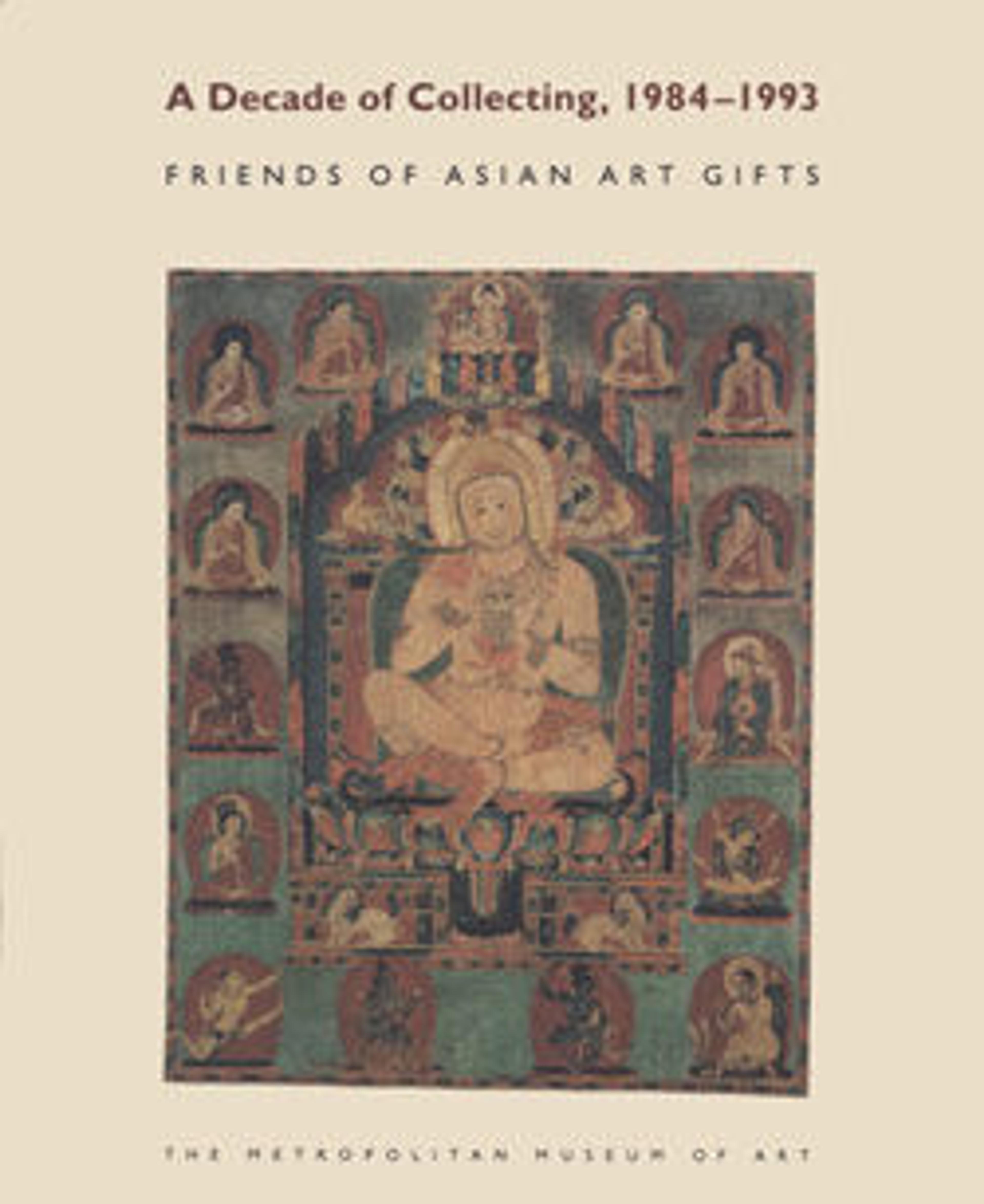Birds and Flowers
By the tenth century, bird-and-flower painting was an established genre in East Asian painting. In Korea folding screens on this subject became prevalent in the late Joseon period and continued to be popular in the twentieth century.
Carefully painted and composed, the scenes on this colorful screen are characterized by meticulous depictions. Each panel portrays one or more pairs of birds resting on or flying around a blossoming plant, a tree, or reeds. Other species appear as well, including insects and the marine life seen in the fifth panel. Many of the motifs have poetic meaning and embody wishes for wealth, career advancement, longevity, and fertility. The symbolism of male-female bird pairings—such as mandarin ducks, known to mate for life—made such screens suitable for wedding ceremonies or a bridal chamber.
Carefully painted and composed, the scenes on this colorful screen are characterized by meticulous depictions. Each panel portrays one or more pairs of birds resting on or flying around a blossoming plant, a tree, or reeds. Other species appear as well, including insects and the marine life seen in the fifth panel. Many of the motifs have poetic meaning and embody wishes for wealth, career advancement, longevity, and fertility. The symbolism of male-female bird pairings—such as mandarin ducks, known to mate for life—made such screens suitable for wedding ceremonies or a bridal chamber.
Artwork Details
- 작자미상 화조도 조선
- 作者未詳 花鳥圖 朝鮮
- Title:Birds and Flowers
- Artist:Unidentified artist
- Period:Joseon dynasty (1392–1910)
- Date:late 19th–early 20th century
- Culture:Korea
- Medium:Ten-panel folding screen; ink and color on silk
- Dimensions:Image (each panel): 54 3/8 x 10 3/8 in. (138.1 x 26.4 cm)
Overall: 73 5/8 in. × 11 ft. 3/8 in. (187 × 336.2 cm) - Classification:Paintings
- Credit Line:Purchase, The Vincent Astor Foundation Gift and John M. Crawford Jr. Bequest, 1993
- Object Number:1993.255
- Curatorial Department: Asian Art
More Artwork
Research Resources
The Met provides unparalleled resources for research and welcomes an international community of students and scholars. The Met's Open Access API is where creators and researchers can connect to the The Met collection. Open Access data and public domain images are available for unrestricted commercial and noncommercial use without permission or fee.
To request images under copyright and other restrictions, please use this Image Request form.
Feedback
We continue to research and examine historical and cultural context for objects in The Met collection. If you have comments or questions about this object record, please contact us using the form below. The Museum looks forward to receiving your comments.
